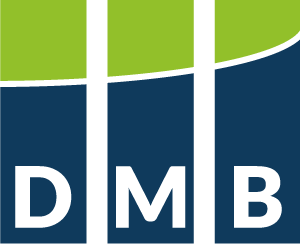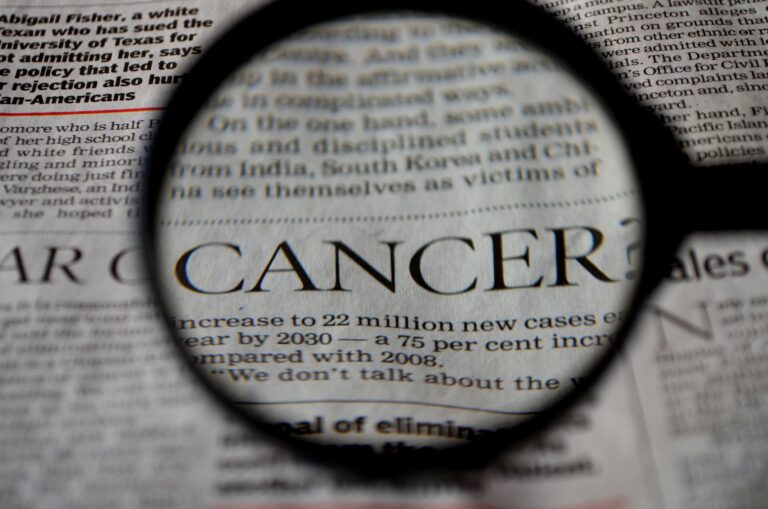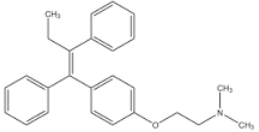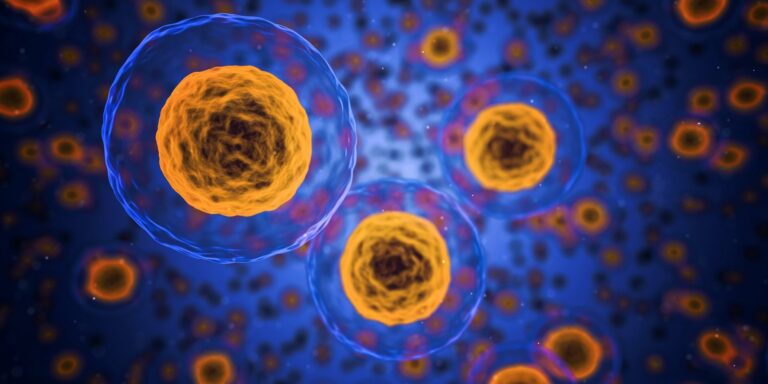Breast Cancer Diagnosis – What follows?
A breast cancer diagnosis is one of the most common cancer diagnosis in women. Every year, over 71,000 women in Germany are diagnosed with breast cancer. The diagnosis is a shock for every affected person and their relatives. But there is hope: breast cancer is now curable in many cases if it is detected and treated early.
How is a Breast Cancer Diagnosis made?
The breast cancer diagnosis is made using various methods, depending on the situation. These include:

Suspicion of Breast Cancer
An initial suspicion often arises through self-examination of the breast. If lumps are found, a doctor should be consulted for control. Often these are harmless cysts, but it is better to be safe.
Mammography:
This is an X-ray examination of the breast that can reveal lumps or calcifications in the breast tissue. Mammography is an important method for early detection of breast cancer, which women between the ages of 50 and 69 should undergo every two years. However, mammography cannot always distinguish between benign and malignant changes or overlook very small tumors.
Sonography:
This refers to an ultrasound examination that images the breast tissue with sound waves. Sonography can be used in addition to mammography to more accurately assess suspicious findings or in women with dense breast tissue where mammography is less informative.
MRI:
This is an examination in a magnetic resonance tomograph that represents the breast tissue with magnetic fields and radio waves. MRI detects very small or hidden tumors and their size. MRI is usually only used for certain indications, such as an increased familial risk for breast cancer or unclear findings from other methods.
Biopsy:
This is a tissue sample from the breast that is performed under local anesthesia. The biopsy is the only method that allows a definitive breast cancer diagnosis by examining the tissue for cancer cells. The biopsy is performed with a needle or a special device that makes a small incision in the skin.
How is Breast Cancer Treated?
The treatment of breast cancer depends on the stage and type of tumor, as well as on the individual needs and wishes of the patient. The treatment may consist of one or more of the following methods:
Surgery after a Breast Cancer Diagnosis:
This involves removing the tumor from the breast, either through a breast-conserving operation (lumpectomy) or through complete removal of the breast (mastectomy). During surgery, lymph nodes from the armpit are usually also removed to check if the cancer has already spread.
Radiation Therapy:
The irradiation of the tumor or entire breast with high-energy rays that destroy cancer cells. Radiation therapy can be used before or after surgery to reduce tumor size or prevent recurrence. Radiation therapy can be performed with a machine or by implanting radioactive material into the tumor.
Chemotherapy:
This refers to the administration of drugs that kill or inhibit the growth of cancer cells. Chemotherapy can be used before (neoadjuvant therapy) or after (adjuvant therapy) surgery to reduce tumor size or prevent spread or recurrence. Chemotherapy is administered as a tablet or infusion.
Hormone Therapy:
The administration of drugs (tamoxifen, aromatase inhibitors) that affect the growth of hormone-dependent cancer cells. On the cancer cells there are hormone receptors (protein molecules) that are responsible for cell growth when activated by hormones. These receptors (estrogen, progesterone, EGFR receptor) must be blocked. Hormone therapy is usually used after surgery to prevent recurrence. Hormone therapy can prevent the production of hormones or reduce their effect.
Targeted or Immunotherapy:
The administration of drugs or antibodies that specifically attack certain characteristics of cancer cells. Targeted therapy is usually used in combination with other methods to increase effectiveness. Targeted therapy can work, for example, on breast cancer cells that have an increased content of a specific target protein called HER2/NEU. Unfortunately, not all tumor cells have this target molecule, so statistically speaking only a certain percentage of tumor cells are attacked.
What is Maintenance therapy?
Maintenance therapy is a treatment that is typically used after chemotherapy for breast cancer to reduce the risk of recurrence or spread of the cancer. Maintenance therapy may consist of hormone therapy or targeted therapy that is performed over several years.
What is long-term Monitoring?
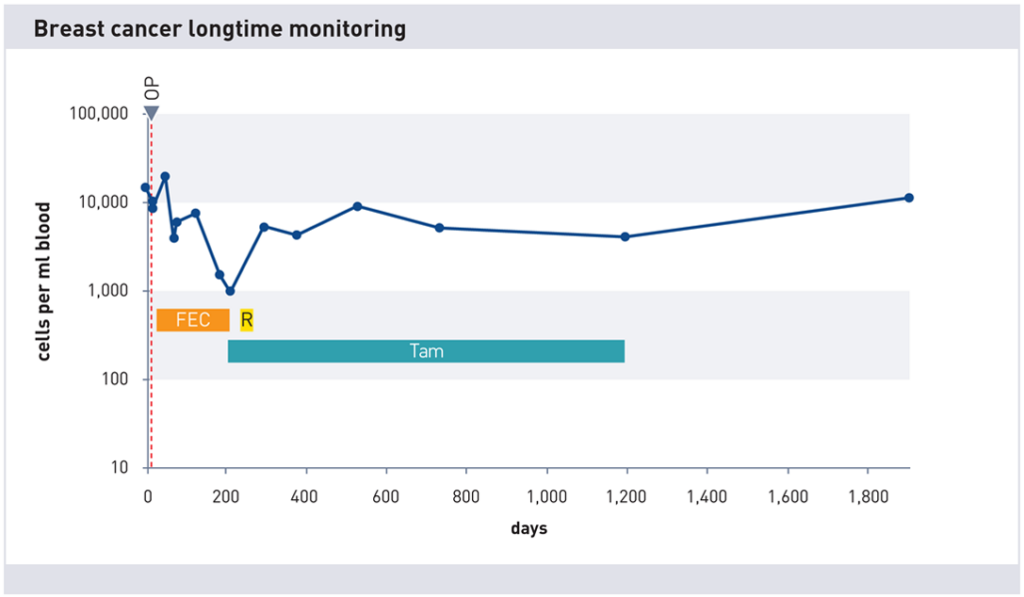
Long-term monitoring of cell counts after a breast cancer diagnosis. Even after stopping hormone therapy with tamoxifen
Long-term monitoring is regular monitoring of the patient after treatment for breast cancer to detect and treat early signs of recurrence or spread of the cancer. Long-term monitoring includes physical examinations, blood tests, and imaging studies of the breast and other organs. Unfortunately, imaging methods for breast cancer diagnosis are often quite late, because before a tumor can be detected it must have a minimum size of 0.5-1cm in diameter. Also, so-called tumor markers (cancer-specific proteins) only rise late in tumor growth. There is the maintrac method that can detect new tumor activity early on.
What is the Maintrac Method?
The maintrac method is an innovative method for monitoring cancer cells in the blood. With it, you can measure the number and properties of circulating tumor cells (CTCs) in the blood that have detached from the tumor and can spread throughout the body. This method helps in many cases to assess response to therapy, determine risk of recurrence or metastasis, and adjust individual therapy.
The maintrac method is based on a special technique that allows quantification of circulating tumor cells, so-called CTCs, in the blood and counting and analyzing CTCs marked with antibodies under a microscope. This gentle method, which requires only a few milliliters of blood, provides far-reaching results within a few days.
The maintrac method is an additional method for long-term monitoring of breast cancer patients offered by some specialized centers and also by doctors in private practice in Germany. Any doctor can commission maintrac Diagnostics.
Conclusions following a breast cancer diagnosis
Breast cancer is a serious disease but in many cases curable if detected and treated early. The diagnosis and treatment of breast cancer requires various methods that can be applied depending on the situation. Maintenance therapy and long-term monitoring are important measures to reduce the risk of recurrence or spread of cancer.
Please note that this article is for informational purposes only and does not replace the advice or treatment of a physician.
